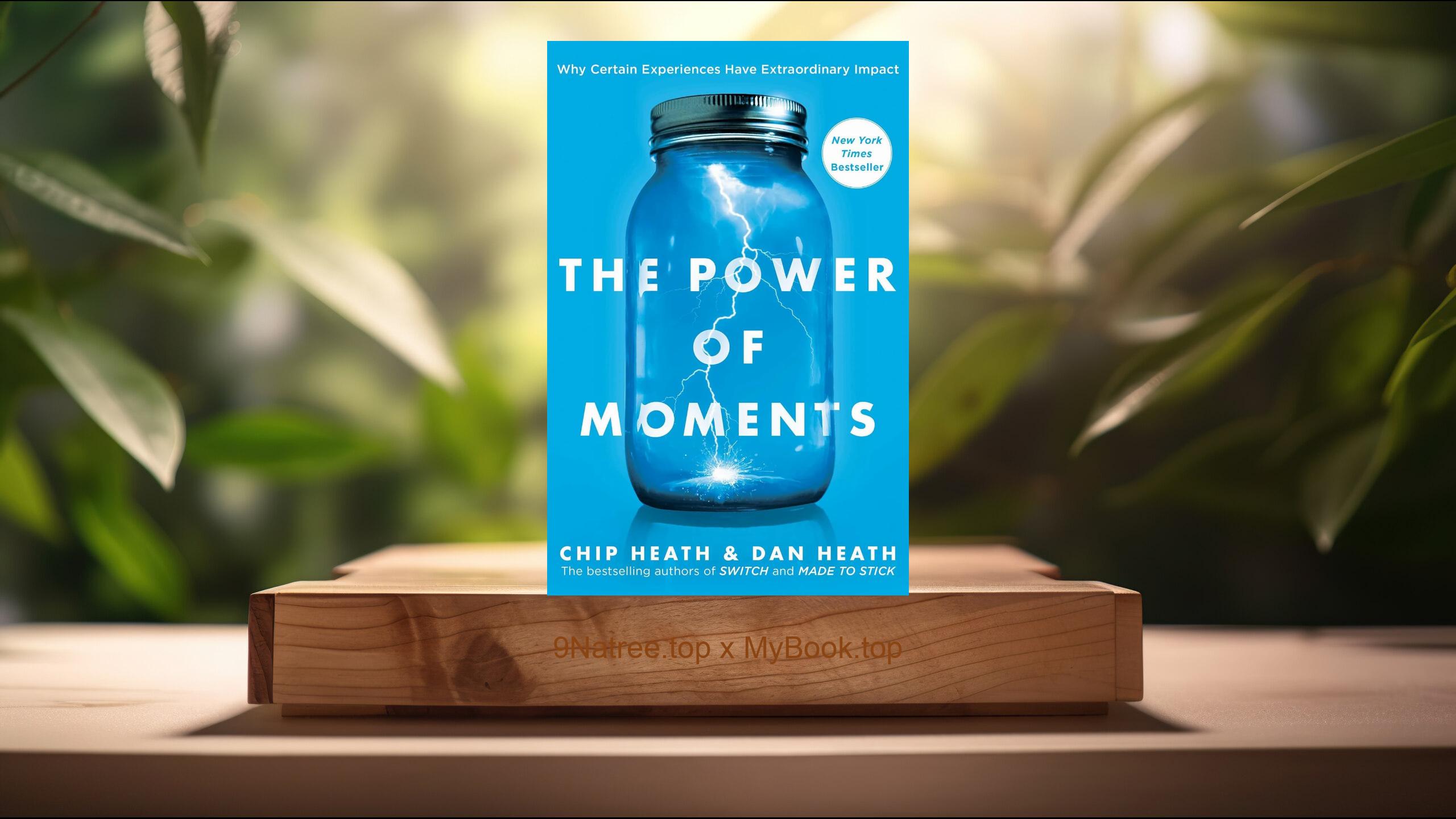Show Notes
- Amazon US Store: https://www.amazon.com/dp/B08NP52GTW?tag=9natree-20
- Amazon Worldwide Store: https://global.buys.trade/The-Explosive-Child-Sixth-Edition-Ross-W-Greene.html
- eBay: https://www.ebay.com/sch/i.html?_nkw=The+Explosive+Child+Sixth+Edition+Ross+W+Greene+&mkcid=1&mkrid=711-53200-19255-0&siteid=0&campid=5339060787&customid=9natree&toolid=10001&mkevt=1
- Read more: https://mybook.top/read/B08NP52GTW/
#Explosivechildren #Collaborative&ProactiveSolutions #Parentingstrategies #Emotionalregulation #Problemsolvingskills #Childbehavior #RossWGreene #Childpsychology #TheExplosiveChildSixthEdition
These are takeaways from this book.
Firstly, Understanding Explosive Children, Explosive children are defined by their intense reactions to situations that may not seem challenging to others. These reactions can include tantrums, crying, shouting, and physical aggression. Ross W. Greene explains that these children aren’t acting out willfully but are struggling with lagging skills in flexibility and frustration tolerance. Traditional parenting strategies, which might work for other children, are often ineffective because they don't address the underlying issues. Understanding the root causes of children's explosive behavior is the first step in helping them. Greene emphasizes the importance of identifying specific lagging skills and unsolved problems that trigger explosions. This foundational understanding is crucial for parents and educators to begin the journey of helping explosive children learn to navigate their emotions and reactions.
Secondly, Collaborative & Proactive Solutions (CPS), The cornerstone of Ross W. Greene's approach is the Collaborative & Proactive Solutions (CPS) model. This model shifts the focus from trying to control the child's behavior to understanding the underlying issues and solving problems together. CPS is rooted in empathy and communication, involving three main steps: empathy, define the problem, and invitation. First, parents are encouraged to listen empathetically to their child's concerns. Then, they clearly define the problem, ensuring that both the parent's and the child's perspectives are considered. Lastly, they invite the child to participate in solving the problem, which fosters a sense of responsibility and collaboration. This method not only helps in solving the immediate issues but also teaches children valuable problem-solving skills and increases their frustration tolerance.
Thirdly, Implementing CPS in Daily Life, Implementing the Collaborative & Proactive Solutions (CPS) model in everyday life can be challenging at first but is highly rewarding. Greene provides practical advice on how to start these important conversations and ensure they are productive. It involves identifying specific triggers, choosing appropriate moments to discuss problems, and maintaining a calm and empathetic demeanor. Parents and educators are encouraged to practice the CPS method consistently to build trust and cooperation. Over time, children learn to express their frustrations and needs more effectively, leading to fewer explosive episodes. Additionally, this consistent practice helps in reinforcing the child's lagging skills in problem-solving and flexibility.
Fourthly, The Role of Adults in Shaping Behavior, A significant aspect of 'The Explosive Child' is its focus on the role of adults in shaping a child's behavior. Greene argues that how adults respond to children’s outbursts can either exacerbate or alleviate the situation. Traditional disciplinary methods often lead to power struggles and escalate the child's frustration. In contrast, approaching the child with understanding and empathy can de-escalate situations and lead to lasting behavioral change. This book urges parents, educators, and therapists to reflect on their responses to children's behaviors and to adopt a more compassionate and collaborative approach. By doing so, adults can significantly influence children's ability to manage their emotions and reactions, leading to a more peaceful and productive environment for all involved.
Lastly, Case Studies and Practical Examples, Ross W. Greene enhances the practicality of 'The Explosive Child' by including real-life case studies and examples. These narratives serve to illustrate common challenges faced by parents and educators and how the CPS model can be applied effectively. Each case study presents a unique situation, emphasizing the diversity of issues explosive children might encounter. Through these examples, readers gain insights into identifying lagging skills, conducting productive conversations, and implementing solutions. The practical nature of these examples gives parents and educators the confidence to apply the CPS model in their own situations, armed with the knowledge that success is attainable with patience, understanding, and persistence.
![[Review] The Explosive Child [Sixth Edition] (Ross W. Greene) Summarized](https://episodes.castos.com/660078c6833215-59505987/images/1833139/c1a-085k3-6zd2482obwnp-nc83et.jpg)




